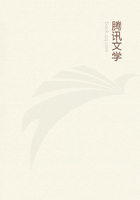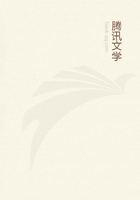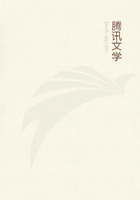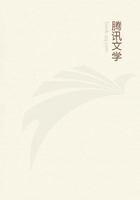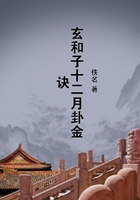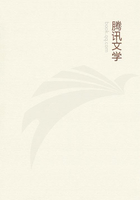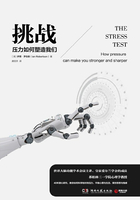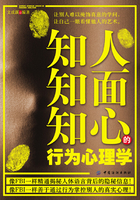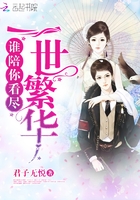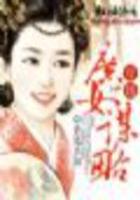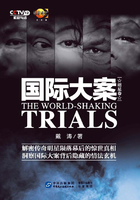Vishnu occupies the second place in the triad of the Hindus, and is the personification of the preserving principle. To protect the world in various epochs of danger, Vishnu descended to the earth in different incarnations, or bodily forms, which descents are called Avatars. They are very numerous, but ten are more particularly specified. The first Avatar was as Matsya, the Fish, under which form Vishnu preserved Manu, the ancestor of the human race, during a universal deluge. The second Avatar was in the form of a Tortoise, which form he assumed to support the earth when the gods were churning the sea for the beverage of immortality, Amrita.
We may omit the other Avatars, which were of the same general character, that is, interpositions to protect the right or to punish wrong-doers, and come to the ninth, which is the most celebrated of the Avatars of Vishnu, in which he appeared in the human form of Krishna, an invincible warrior, who by his exploits relieved the earth from the tyrants who oppressed it.
Buddha is by the followers of the Brahmanical religion regarded as a delusive incarnation of Vishnu, assumed by him in order to induce the Asuras, opponents of the gods, to abandon the sacred ordinances of the Vedas, by which means they lost their strength and supremacy.
Kalki is the name of the TENTH Avatar, in which Vishnu will appear at the end of the present age of the world to destroy all vice and wickedness, and to restore mankind to virtue and purity.
SIVA
Siva is the third person of the Hindu triad. He is the personification of the destroying principle. Though the third named, he is, in respect to the number of his worshippers and the extension of his worship, before either of the others. In the Puranas (the scriptures of the modern Hindu religion) no allusion is made to the original power of this god as a destroyer; as that power is not to be called into exercise till after the expiration of twelve millions of years, or when the universe will come to an end; and Mahadeva (another name for Siva) is rather the representative of regeneration than of destruction.
The worshippers of Vishnu and Siva form two sects, each of which proclaims the superiority of its favorite deity, denying the claims of the other, and Brahma, the creator, having finished his work, seems to be regarded as no longer active, and has now only one temple in India, while Mahadeva and Vishnu have many. The worshippers of Vishnu are generally distinguished by a greater tenderness for life and consequent abstinence from animal food, and a worship less cruel than that of the followers of Siva.
JUGGERNAUT
Whether the worshippers of Juggernaut are to be reckoned among the followers of Vishnu or Siva, our authorities differ. The temple stands near the shore, about three hundred miles southwest of Calcutta. The idol is a carved block of wood, with a hideous face, painted black, and a distended blood-red mouth. On festival days the throne of the image is placed on a tower sixty feet high, moving on wheels. Six long ropes are attached to the tower, by which the people draw it along. The priests and their attendants stand round the throne on the tower, and occasionally turn to the worshippers with songs and gestures. While the tower moves along numbers of the devout worshippers throw themselves on the ground, in order to be crushed by the wheels, and the multitude shout in approbation of the act, as a pleasing sacrifice to the idol. Every year, particularly at two great festivals in March and July, pilgrims flock in crowds to the temple. Not less than seventy or eighty thousand people are said to visit the place on these occasions, when all castes eat together.
CASTES
The division of the Hindus into classes or castes, with fixed occupations, existed from the earliest times. It is supposed by some to have been founded upon conquest, the first three castes being composed of a foreign race, who subdued the natives of the country and reduced them to an inferior caste. Others trace it to the fondness of perpetuating, by descent from father to son, certain offices or occupations.
The Hindu tradition gives the following account of the origin of the various castes. At the creation Brahma resolved to give the earth inhabitants who should be direct emanations from his own body. Accordingly from his mouth came forth the eldest born, Brahma (the priest), to whom he confided the four Vedas; from his right arm issued Shatriya (the warrior), and from his left, the warrior's wife. His thighs produced Vaissyas, male and female (agriculturists and traders), and lastly from his feet sprang Sudras (mechanics and laborers).
The four sons of Brahma, so significantly brought into the world, became the fathers of the human race, and heads of their respective castes. They were commanded to regard the four Vedas as containing all the rules of their faith, and all that was necessary to guide them in their religious ceremonies. They were also commanded to take rank in the order of their birth, the Brahmans uppermost, as having sprung from the head of Brahma.
A strong line of demarcation is drawn between the first three castes and the Sudras. The former are allowed to receive instruction from the Vedas, which is not permitted to the Sudras.
The Brahmans possess the privilege of teaching the Vedas, and were in former times in exclusive possession of all knowledge.

